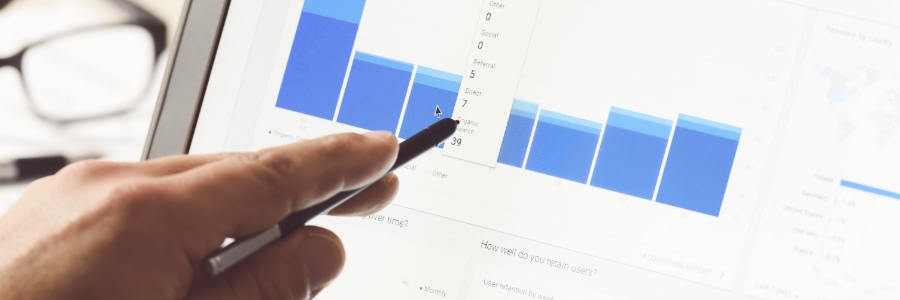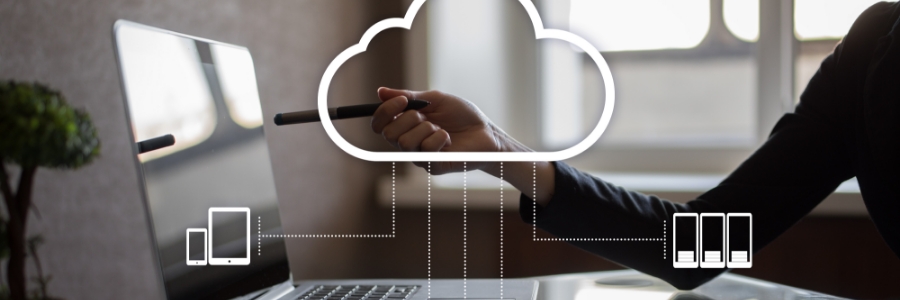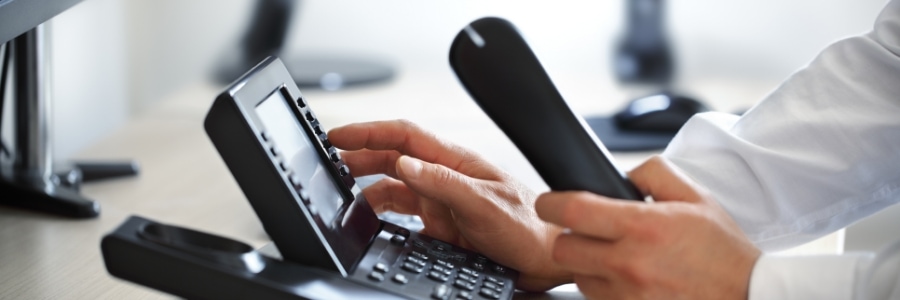The cloud is a great way for small- and medium-sized businesses (SMBs) like yours to save on IT costs. However, not all business owners are aware of the hidden costs associated with using cloud technologies. In this blog post, we will discuss five cost-saving tips that will help you leverage cloud services without breaking the bank.
Blog
How can your business benefit from email automation?

Email marketing is one of the most effective ways that businesses such as yours can communicate with clients and prospects. However, if you’re spending hours crafting emails for every customer or sending generic email blasts, then you may not efficiently and effectively achieve the results you want.
Must-try Windows 11 customization features
Is it beneficial for employers to track employees’ online activities?
5 Common causes of slow mobile internet and how to fix them
A quick guide to VoIP Quality of Service
Choosing the right Microsoft 365 plan for your business
Optimizing website images for better SEO

Optimizing images before uploading them to your website can have a significant effect on your site’s loading speed and ranking. Unfortunately, many businesses upload unoptimized images to their sites, resulting in a poor user experience. This article will show you the proper way to optimize your website images.
Effective video content to attract more customers

According to Wyzowl’s 2022 State of Video Marketing Report, 86% of businesses use video as a marketing tool. If you’re not using videos as part of your marketing strategy, you’re missing out on a huge opportunity. In this blog post, we’ll discuss seven types of video content that can help boost your marketing campaigns and attract more customers.
Why two-factor and two-step authentication matter

Two-factor authentication and two-step authentication are both vital for data security. But what’s the difference between them? Is one authentication process better than the other for your business? In this blog post, we will break down the differences between two-factor authentication and two-step authentication to help you decide which is more suitable for your needs.







